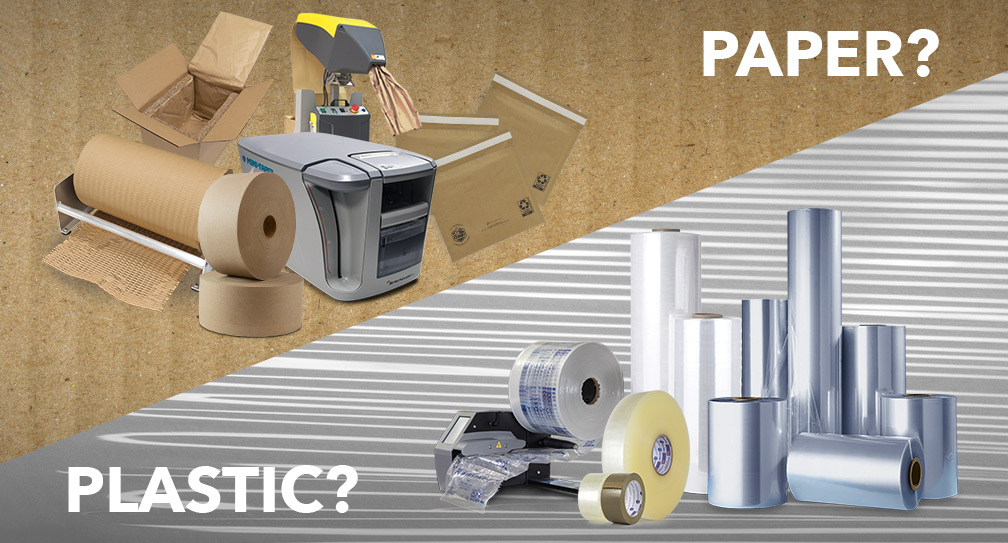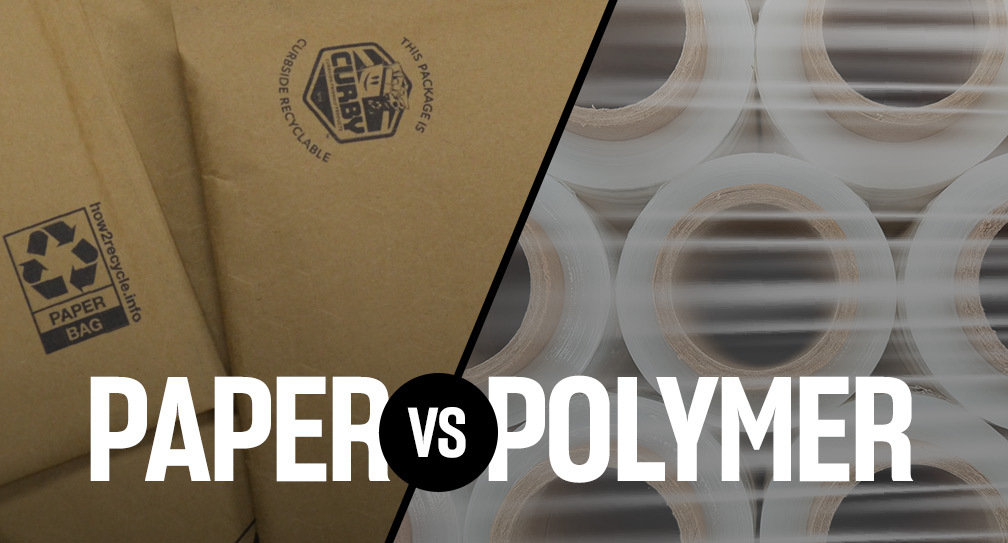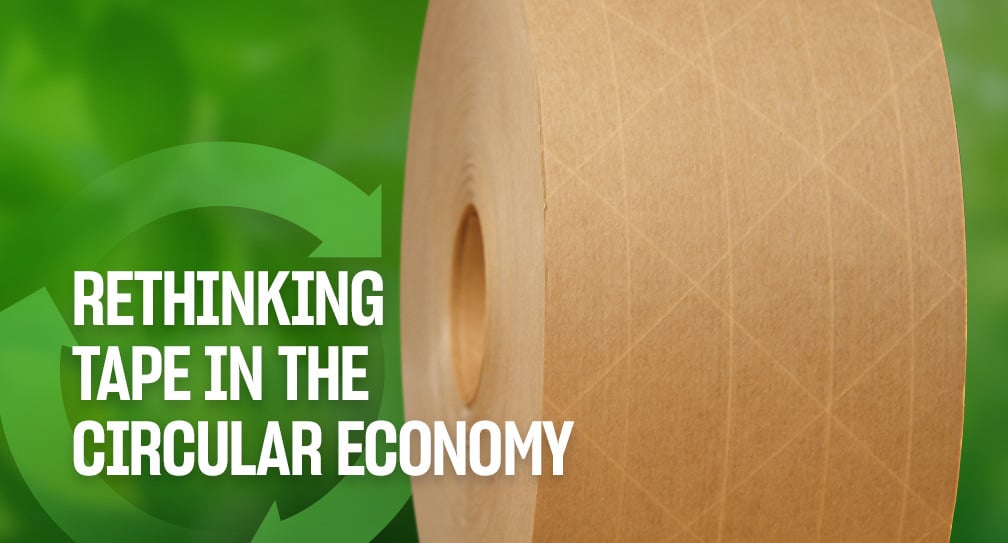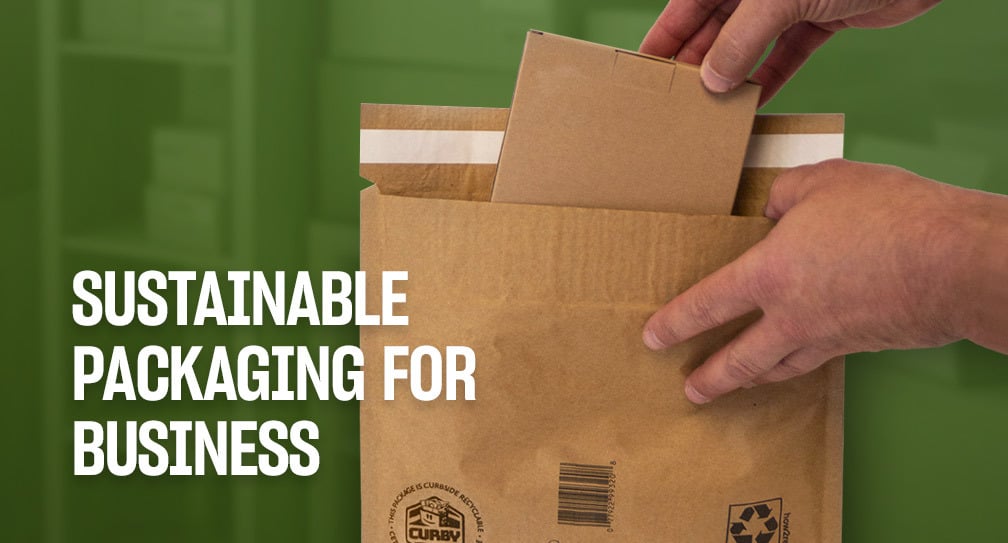Paper and plastic packaging each have their own benefits and drawbacks, for both the business and the planet. One isn’t inherently better than the other all the time because both are useful in their respective ways. At IPG, plastics have contributed to the success of e-commerce, but we also have innovative solutions providing complete alternatives to single-use plastics.
Why Plastic?
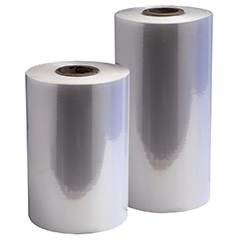
Plastic has the edge on low cost, low weight, and typically a lesser carbon footprint. Some plastics require less energy to produce, generate less waste in manufacturing and are more likely to get reused and recycled than other materials. Additionally, plastic is malleable and therefore can be used in a variety of ways. On the downside, much is single use, it doesn’t biodegrade, ending up as microplastics in our water and soil, and ultimately in the foods we ingest. Furthermore, plastics can be difficult to recycle, and the market for recycled plastic is still developing. IPG is helping to develop the market for recycled plastic through products like our Exlfilm shrink films, which contain up to 25% Post Industrial Recycled (PIR) content and are pre-approved for recycling using the How2Recycle Program.
Recycling converts waste materials into new materials and products, but a product isn’t always recycled back into itself. Since paper and plastic both degrade when recycled, they’re often made into something of lesser value. Plastic can be ‘downcycled’ into more durable items such as outdoor chairs, benches, car parts and building materials. While the process of downcycling is a step in a more environmentally-friendly direction, it is not as good as recycling, where the product can be used again and again in its original form.
Why Paper?
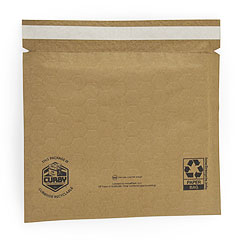
Paper has renewable inputs, is biodegradable, and generally a higher recycling rate. Unfortunately, paper is often single-use and requires trees be cut down to create. Now, trees are a renewable input because we can plant more, but we have to ensure that new trees are being planted and that trees aren’t being taken down at a rate that’s faster than we can grow more, causing an imbalance in the environment. Fortunately, some paper manufacturing is made with non-tree-based fibers, such as hemp, bamboo, sugarcane, etc. or fibers from agricultural residue. In the case of the Curby Mailer, our product is made of recycled and recyclable paper, so it isn’t necessarily single-use. While plastic reigns when it comes to downcycling, paper products have a high rate for commercial and residential recycling. Additionally, paper products biodegrade in a few months, so while we don’t want them to end up as litter, if they did, they don’t have a long-term negative impact.

